There’s something about prints and patterns — they bring visual excitement and interest to a room. While most of us know about polka dots, stripes, and chevron, there’s a multitude of prints out there waiting to be experimented with.
“There are three responses to a piece of design — yes, no, and wow! Wow is the one to aim for,” said American graphic designer Milton Glaser.
Stay up to date with the most common prints used in home décor, be it in furnishings, wallpaper or flooring patterns.
Argyle: This pattern has its roots in 17th Century Scotland and is well known by the diamonds and an overlay of intercrossing diagonal lines. “This works well with a preppy look. Think bright colours, tropical prints, and a young vibe,” says Sohini Sengupta, a Bengaluru-based designer.
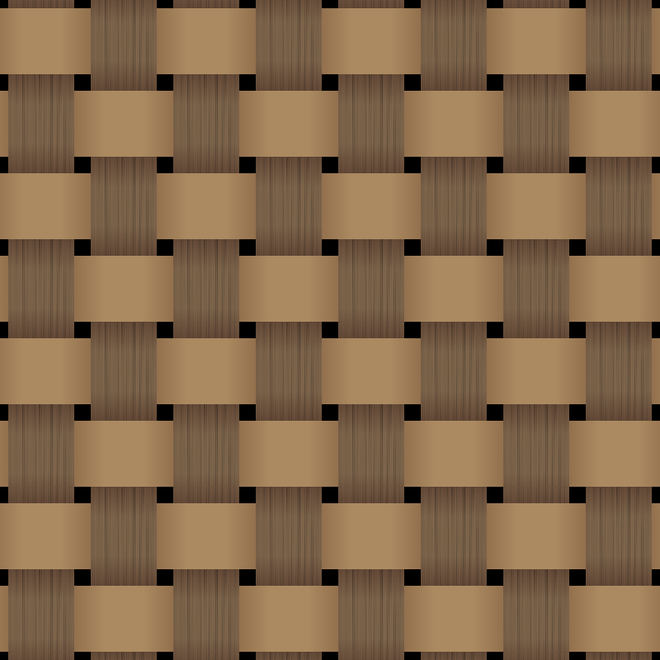
Basketweave: The name says it all — fabric in this pattern resembles the crisscross weave of a basket. Somewhat like a checkerboard, it can be found in multiple colour combinations.
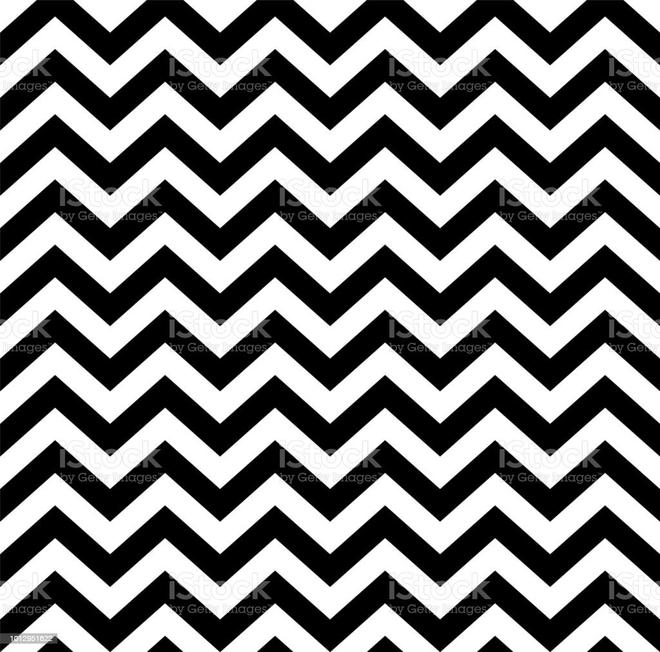
Chevron: On most décor hot lists, chevron comprises zigzagging stripes, usually in two alternating colours (one is mostly white). It adds a contemporary update to any room.
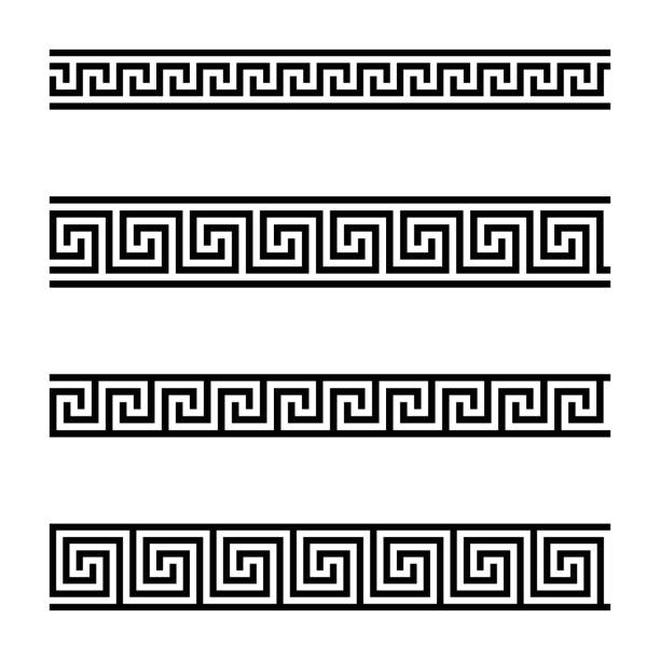
Greek key: An interlocking pattern, this intricate border is constructed from a continuous line, and shaped into a repeated motif. It is commonly used in Greece, as the name suggests.
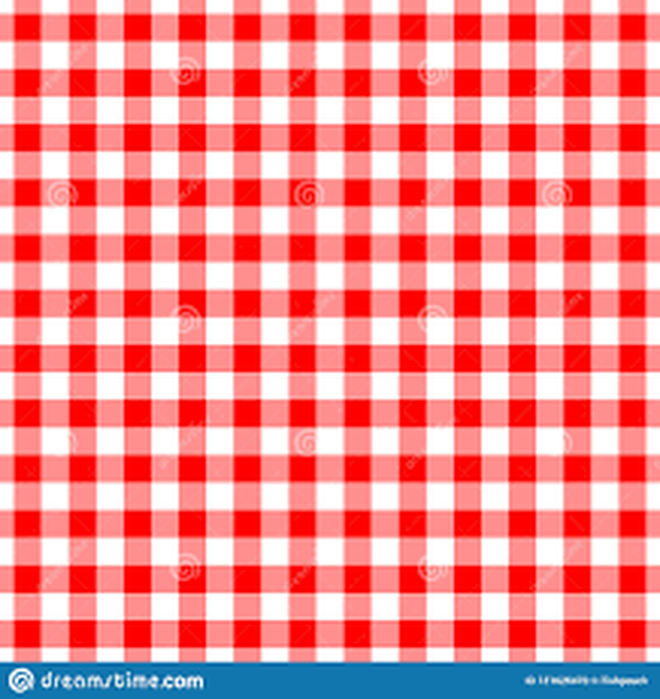
Gingham: This childhood classic — characterised by repeating squares, one coloured, one white — is one we don’t want to grow out of. Perfect for summer settings and country chic. “We have all grown up with gingham, and this is a style that hasn’t gone out of favour. It works really well for café curtains, tablecloths, even cushions,” says Aniruddha Upadhyay, who heads a Baroda-based décor firm.
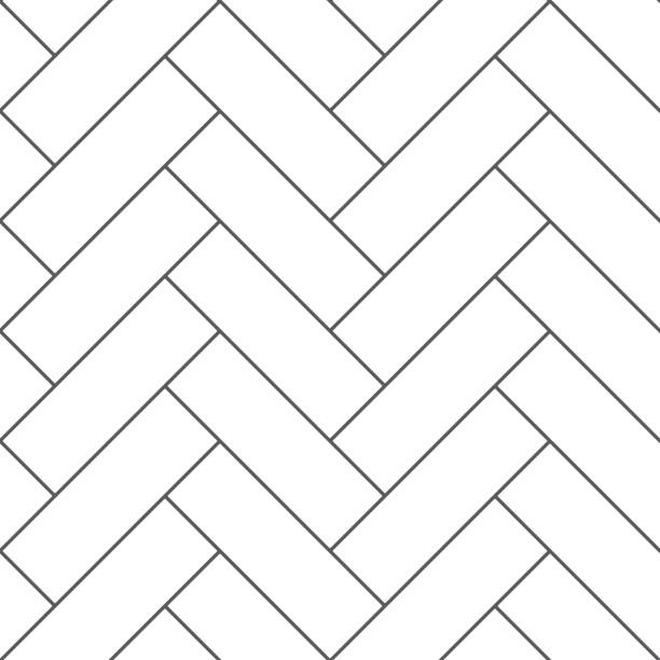
Herringbone: The distinctive V-shaped weaving pattern is usually seen in tweeds and twill. The pattern is named after the shape, which resembles the skeleton of a herring fish. Most commonly seen on wooden flooring.
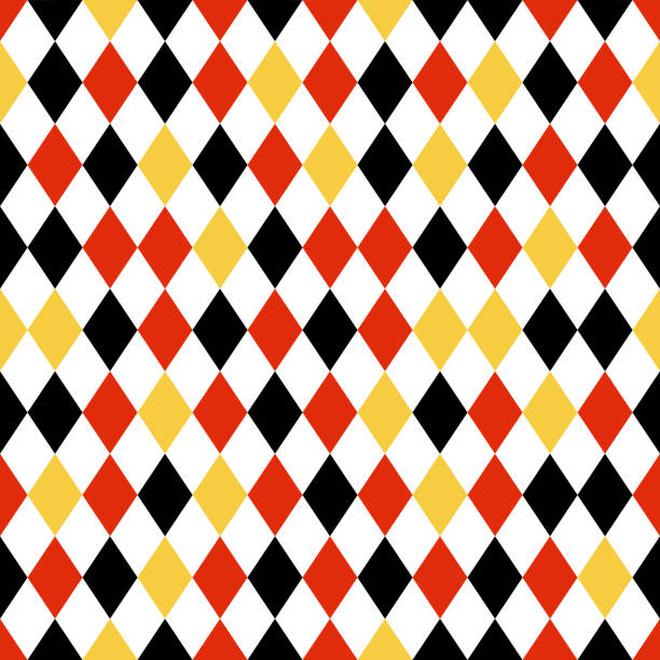
Harlequin: Think of this pattern as checks with the squares replaced by diamonds. It can be colourful or black and white, and adds Parisian chic to every space.
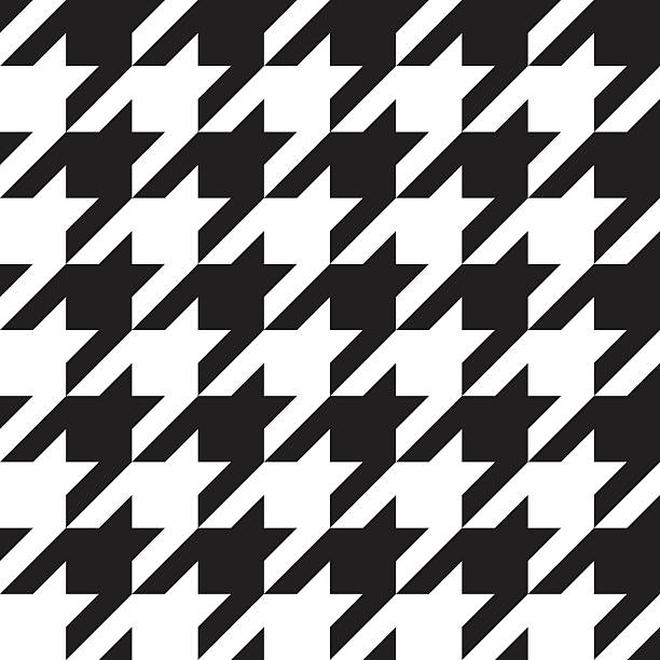
Houndstooth: Recognised by the broken checks or four-pointed shapes, this pattern has its origins in wool woven in the Scottish lowlands. It’s as popular in the world of fashion as it is in décor.
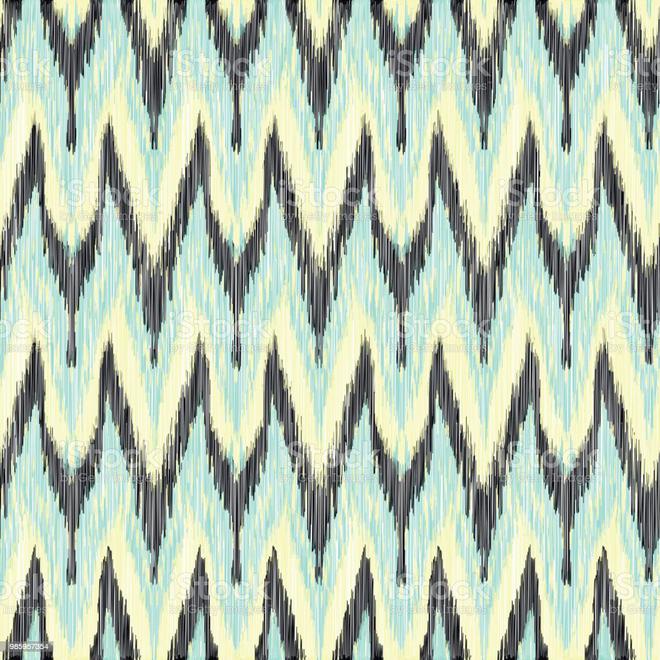
Ikat: This dyeing technique has been around since ancient times and uses resist dyeing on yarns before dyeing and weaving the fabric. The resultant pattern has a certain blurriness that lends a boho vibe.
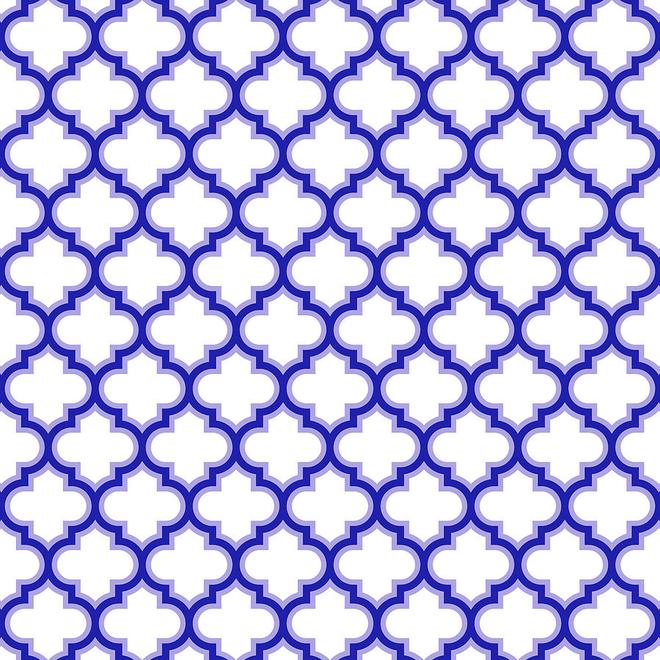
Moroccan lattice: A popular trellis pattern, the Moroccan trellis has four sides — two rounded, two pointed. It differs from the quatrefoil, which has four rounded sides.
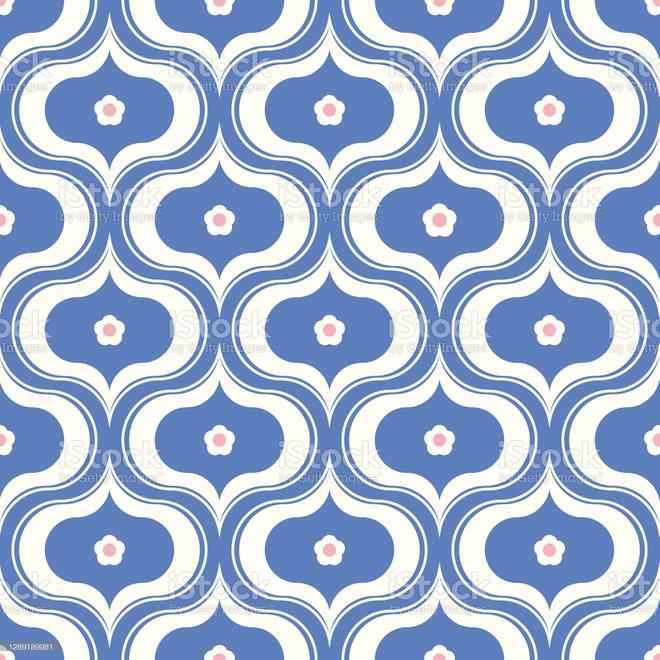
Ogee: Defined as a “double curve, resembling the letter S, formed by the union of a concave and a convex line”, think of this motif as a diamond rounded on two sides. This multitasking motif can work in boho, contemporary and eclectic homes.
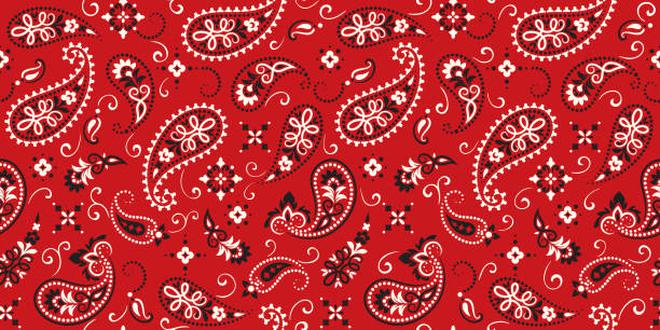
Paisley: This tear drop-shaped motif was born in ancient Persia, but is one of the most popular patterns in India. Interestingly, the motif derives its name from the town of Paisley, in West Scotland. “It may have been born elsewhere, but nothing says India better than the paisley print. That’s why it’s available in a multitude of options, including soft furnishings and wallpaper,” Sohini says.
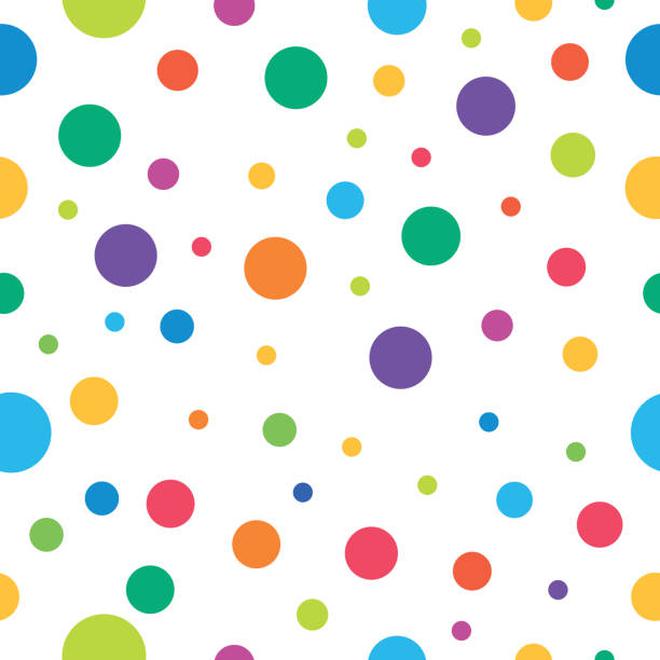
Polka: It’s not just seen on itsy-bitsy bikinis. The cheerful polka dot pattern, an even array of dots, works well in most décor schemes and rooms. “It may seem overtly strong but if used in moderation, polka dots can make over a room completely,” Aniruddha adds.
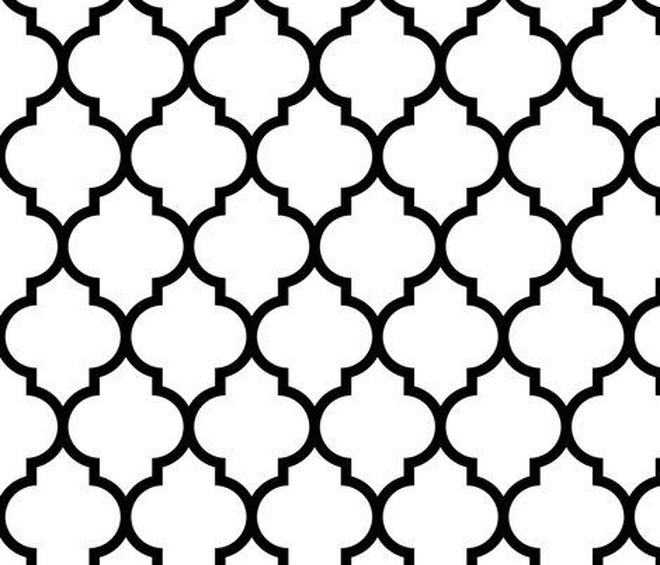
Quatrefoil: Used in art, architecture and traditional Christian symbolism, the quatrefoil is symmetrical shape comprising four partially overlapping circles of the same diameter. The word quatrefoil means ‘four leaves’, and brings to mind a four-leaf clover.
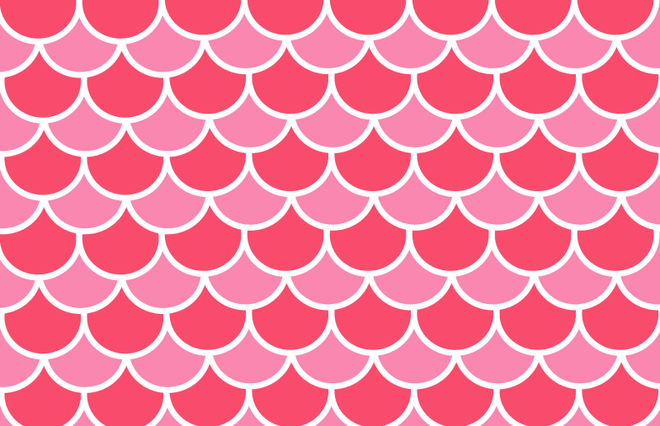
Scale: Often known as scallop, this pattern resembles a series of fish scales placed one atop the other. Associated with an art deco aesthetic for long, the pattern lends itself extremely well to Indian and international styles.

Stripes: What would the décor world do without stripes? Broad or thin, vertical or horizontal, colourful or monochrome, stripes add visual interest to any space.
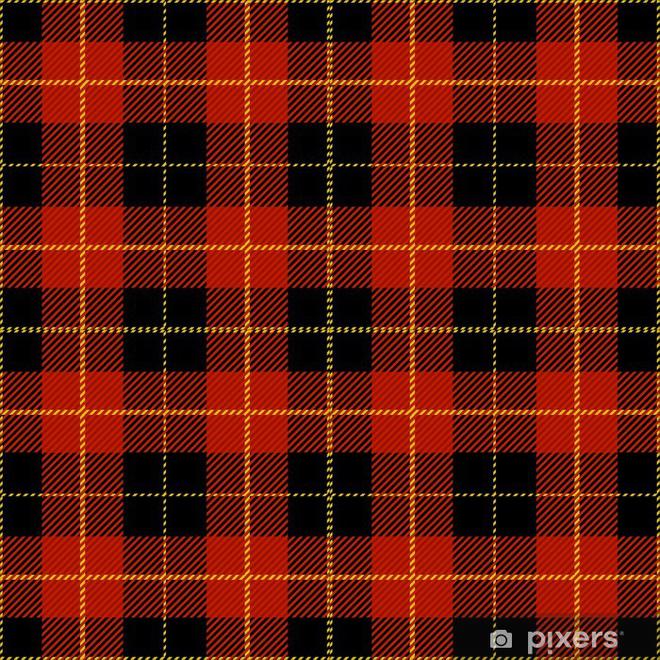
Tartan: These checks were traditionally assigned to the many Scottish clans. Formed with stripes of different widths and colours, they add warmth and are ideal for winter décor.







